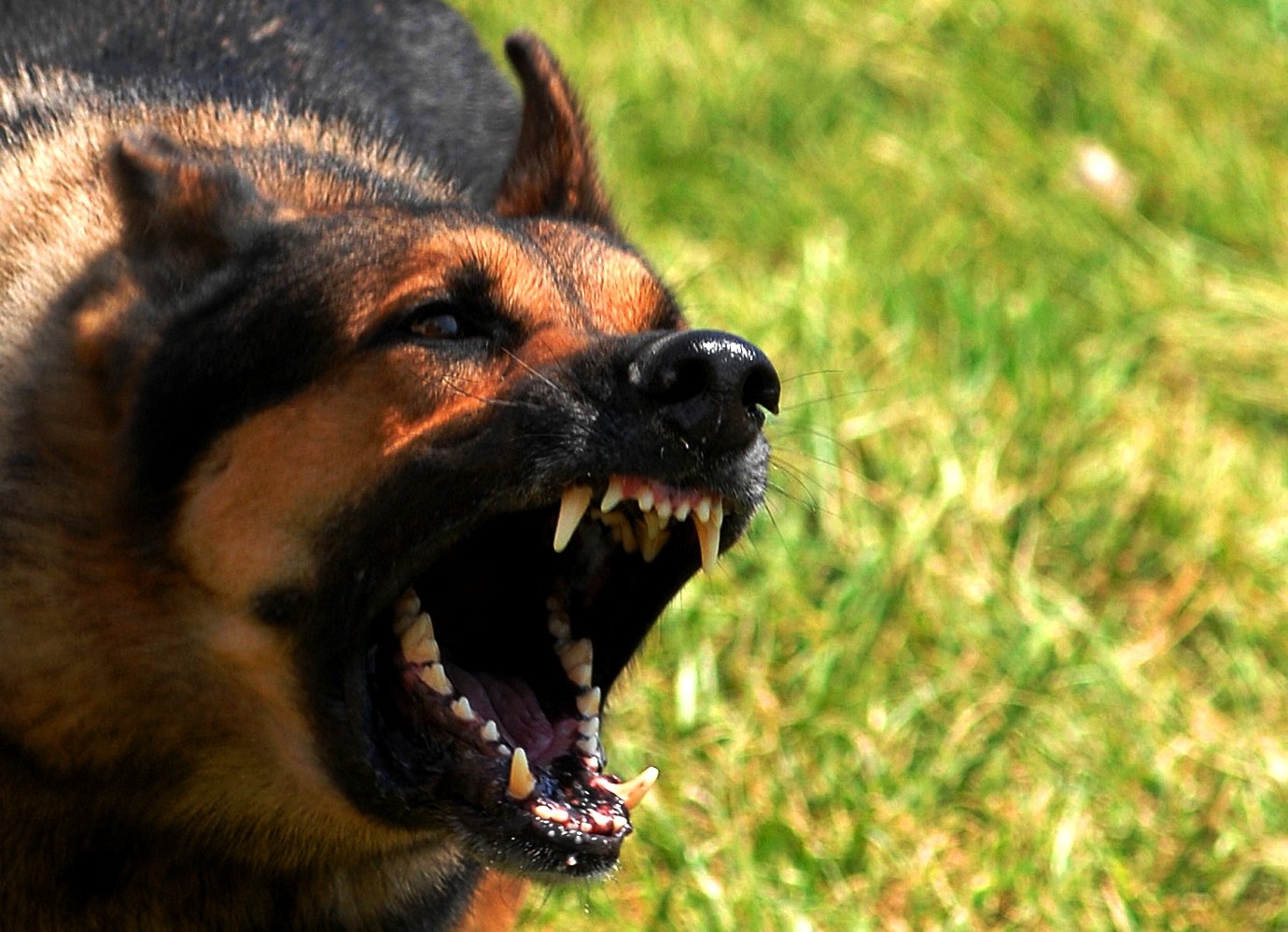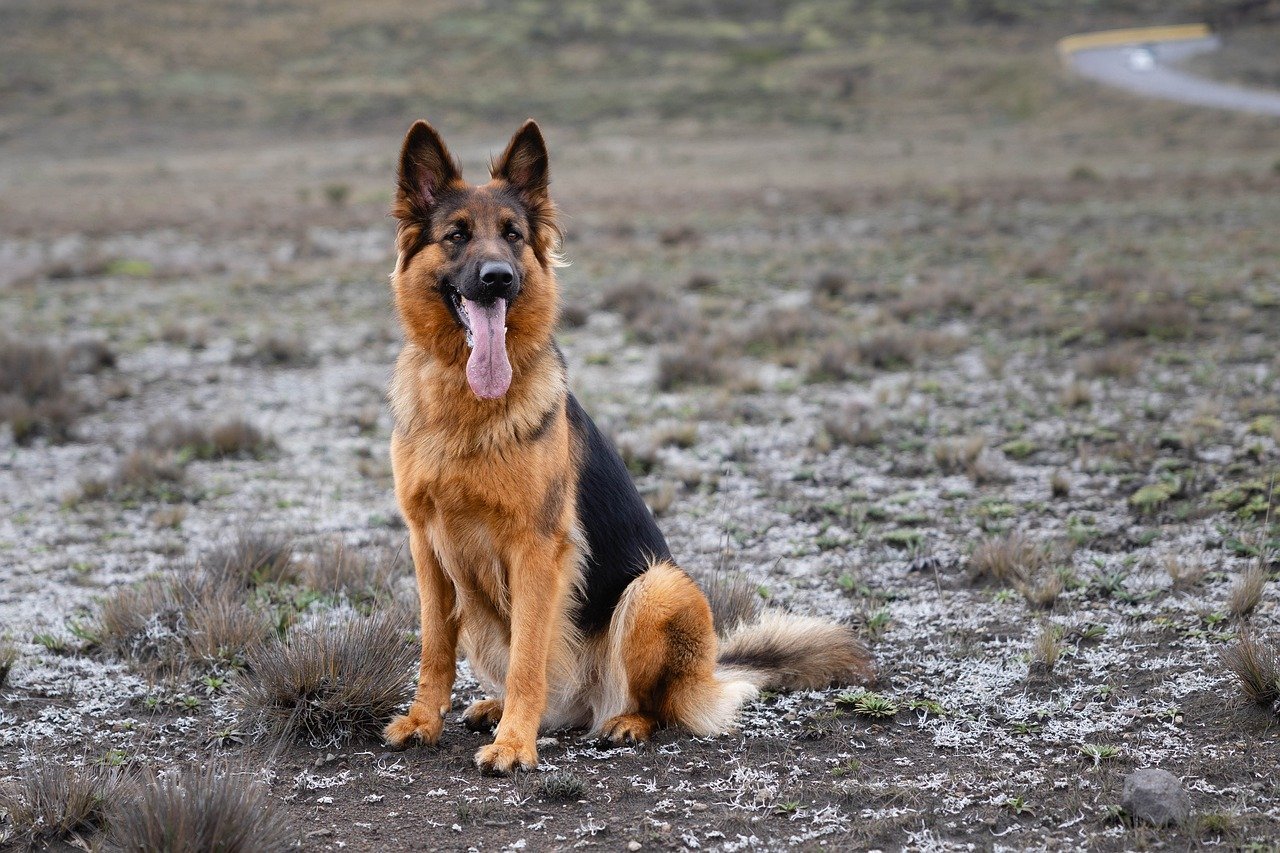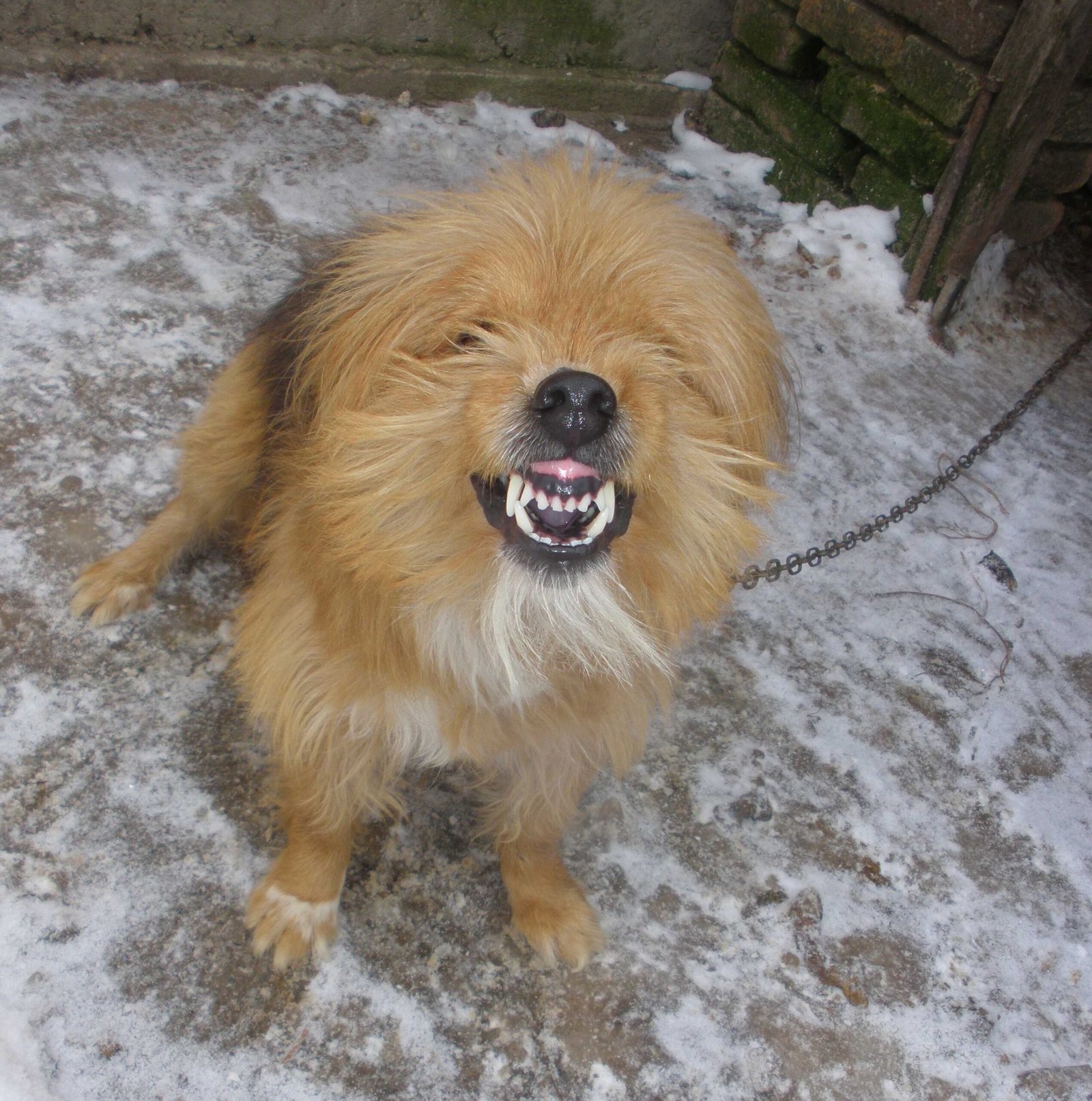Encountering an aggressive dog can be a frightening experience, especially for dog lovers who cherish these furry companions. It’s important to understand the behavior of dogs and how to respond calmly and effectively in such situations. This article aims to provide practical advice and actionable steps to help you manage encounters with aggressive dogs. From understanding their body language to knowing when to call for professional help, each section offers insights to keep both you and the dog safe.
Recognizing Aggressive Behavior in Dogs

Understanding a dog’s behavior is the first step in dealing with aggression. Dogs often display warning signs before becoming aggressive. These signs may include growling, bared teeth, stiff body posture, and intense staring. It’s crucial to recognize these signals early to prevent escalation. Much like human emotions, dogs express their discomfort through body language. Imagine it as a friend giving you a subtle hint that something’s bothering them—it’s their way of communicating. Observing these signs allows you to adjust your actions accordingly, reducing the risk of an attack.
Staying Calm and Avoiding Eye Contact
When faced with an aggressive dog, the natural instinct may be to panic, but it’s vital to stay calm. Dogs can sense fear, which may further provoke aggression. Stand still and avoid making direct eye contact. Looking into a dog’s eyes can be interpreted as a challenge, much like staring contests with people often escalate tension. Instead, keep your gaze soft and avert your eyes slightly. By remaining calm, you signal to the dog that you are not a threat, which can help de-escalate the situation.
Using a Firm Voice and Simple Commands

Speaking in a firm, even tone can be an effective way to assert control. Simple commands like “sit” or “stay” can sometimes redirect a dog’s aggression. Think of it as speaking to a child who is about to throw a tantrum—your calm and steady voice can be reassuring. Avoid shouting or screaming, as this may increase the dog’s anxiety. Commanding with confidence may not always result in obedience, but it can help in establishing authority and calming the situation.
Creating a Barrier Between You and the Dog
If possible, create a physical barrier between you and the aggressive dog. Objects like a backpack, umbrella, or even a jacket can be used to protect yourself. Consider it a makeshift shield, much like a knight would use in medieval times. This barrier can deter the dog from approaching further and provide you with a sense of security. Remember, the goal is not to harm the dog but to ensure your safety. A barrier can also give you time to plan your next move without feeling cornered.
Backing Away Slowly and Safely
Once you’ve assessed the situation, begin to back away slowly. Quick movements can trigger a dog’s prey drive, leading them to chase. Imagine playing a game of tag—sudden movements make it more exciting. By moving slowly, you reduce the likelihood of provoking the dog. It’s crucial to maintain a sideways stance, as turning your back completely may encourage the dog to follow. Gradually increase the distance between you and the dog, keeping an eye on its behavior.
Seeking Help from the Owner or Authorities

If the aggressive dog belongs to someone, try to locate the owner and calmly explain the situation. Owners are usually more familiar with their dogs and can often calm them down. In cases where the owner is not present, or if the dog is a stray, consider contacting animal control or local authorities. They have the expertise and tools to handle aggressive dogs safely. Think of it as calling in a professional when a plumbing issue gets out of hand—they know the best way to tackle the problem without causing harm.
Understanding the Reasons Behind Aggression
Aggression in dogs can stem from various factors such as fear, territorial instincts, or past trauma. Understanding these triggers helps in empathizing with the dog’s behavior. It’s similar to understanding why a person might lash out when stressed or frightened. By recognizing the underlying causes, you can approach the situation with compassion rather than fear. This understanding also aids in educating others about responsible pet ownership and the importance of training and socialization.
Taking Preventative Measures for Future Encounters

Preventing future encounters with aggressive dogs involves being aware of your surroundings and learning more about canine behavior. Educate yourself about different breeds and their temperaments. Think of it as studying different cultures before traveling—knowledge enhances understanding and preparedness. Training classes, workshops, and online resources can be invaluable in learning how to interact safely with dogs. By preparing yourself, you not only protect your own safety but also contribute to a more harmonious relationship between humans and dogs.
Dealing with an aggressive dog requires a blend of calmness, knowledge, and empathy. By recognizing the warning signs, staying composed, and taking appropriate action, you can navigate these encounters safely. Remember, dogs, like humans, have emotions and triggers. If you actually understand that, it can be the key to peaceful coexistence.

Andrew Alpin from India is the Brand Manager of Doggo digest. Andrew is an experienced content specialist and social media manager with a passion for writing. His forte includes health and wellness, Travel, Animals, and Nature. A nature nomad, Andrew is obsessed with mountains and loves high-altitude trekking. He has been on several Himalayan treks in India including the Everest Base Camp in Nepal.





